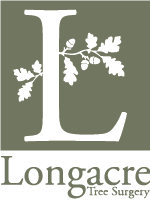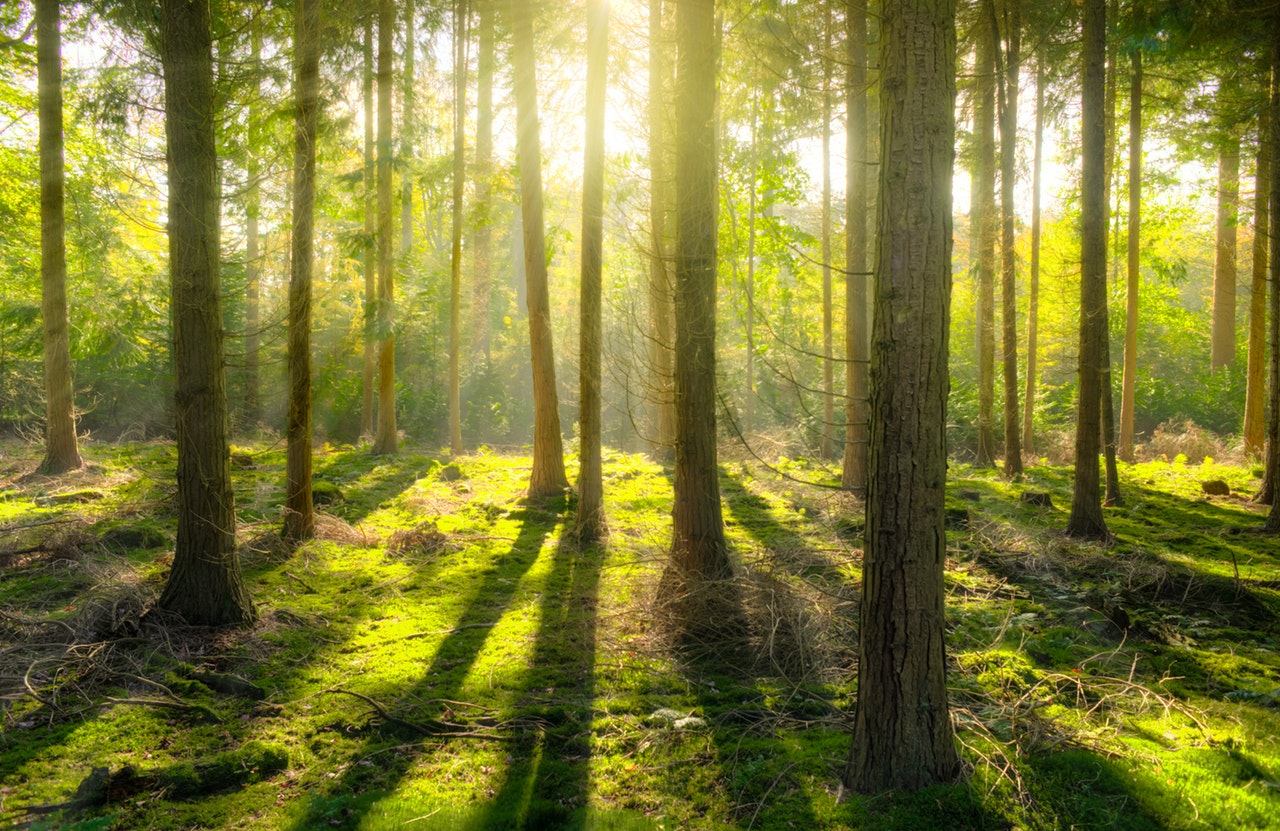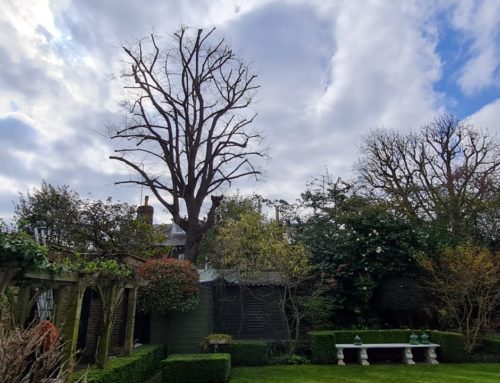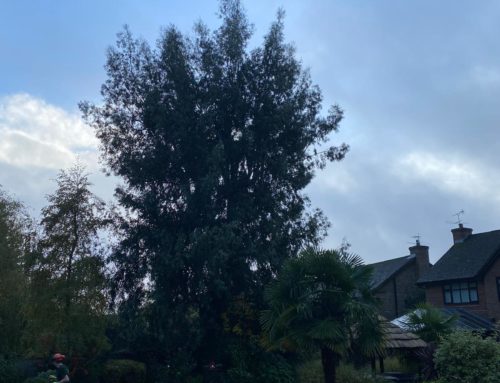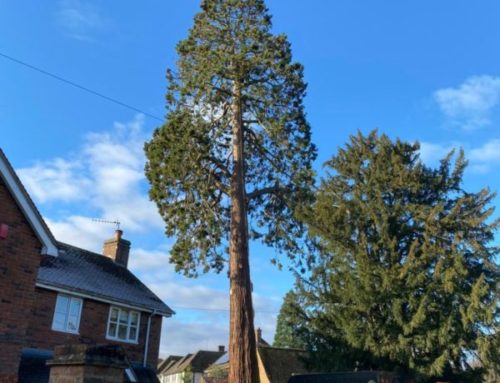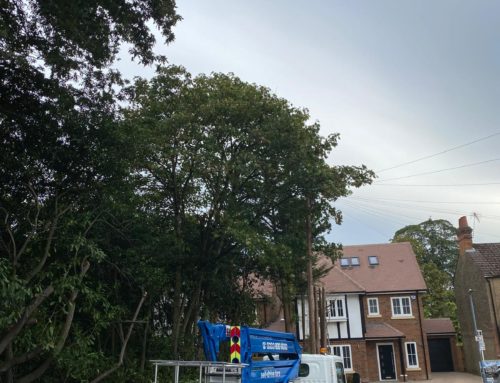How can I tell if one of my trees is diseased?
We tend to think of trees differently to other plants and shrubs in the garden in that we generally expect trees to just get on with it. That’s not exactly surprising when you compare a mature apple tree with an ornamental rose or other high maintenance garden plant. Healthy trees have an amazing ability to adapt to the worst of the elements, whilst delicate plants require watering, feeding, and care.
However, trees aren’t immune to problems and it’s important that we consider them as part of an overall garden or grounds keeping plan of action for the year. It is important to remember that trees are living breathing organisms, just like us, and just like us, they can get sick and indeed die. The number one cause of death in trees is disease, so it’s important that you check the trees on your land to ensure they’re disease free and healthy.
Disease can cause huge problems
Dutch elm disease caused the death of more than 25 million trees here in the UK and killed over 90% of the elm trees in France, permanently changing our landscape. It is vitally important that regular checks are made on mature trees to ensure they remain healthy.
Generally speaking, most trees have pathogens and pests living on them, but healthy trees can co-exist and indeed thrive with them. Changing environmental conditions and the introduction of non-native pests and diseases (like Dutch Elm Disease) causes the biggest problems.
So how can I tell if a tree is diseased?
If you’re concerned about the health of a tree on your land or in your garden then please get in touch. We offer a tree survey service where we examine your trees and give you a report on their health. We can then offer a maintenance program to ensure they stay healthy and monitor for any potential problems.
If you notice any of the following then it’s important you get in touch and we can inspect the tree
- Discoloured blotches or dead areas on the tree’s leaves – also called leaf blight
- Cracks and cankers – deep splits in the bark or holes where the bark is missing
- Trees losing their leaves when they shouldn’t – defoliation
- Root decay – broken roots or evidence of fungus in the roots
- Fungus spores in the tree’s bark
- Dead branches
- Decay – fungus or soft, crumbly wood
How do we treat a diseased tree?
The first thing we do is identify the disease or pest that is affecting it. Once we’ve done this we can treat the tree with fungicides that will control the disease affecting the trees. These are usually injected into the tree trunk or the soil surrounding the tree and its roots. Other methods, such as pruning, fertilisation or changing watering habits may help to reduce disease.
At Longacre, we will always do what we can to save an affected tree, however, if the condition of the tree has become so bad that it has become dangerous then we will always recommend its removal.
